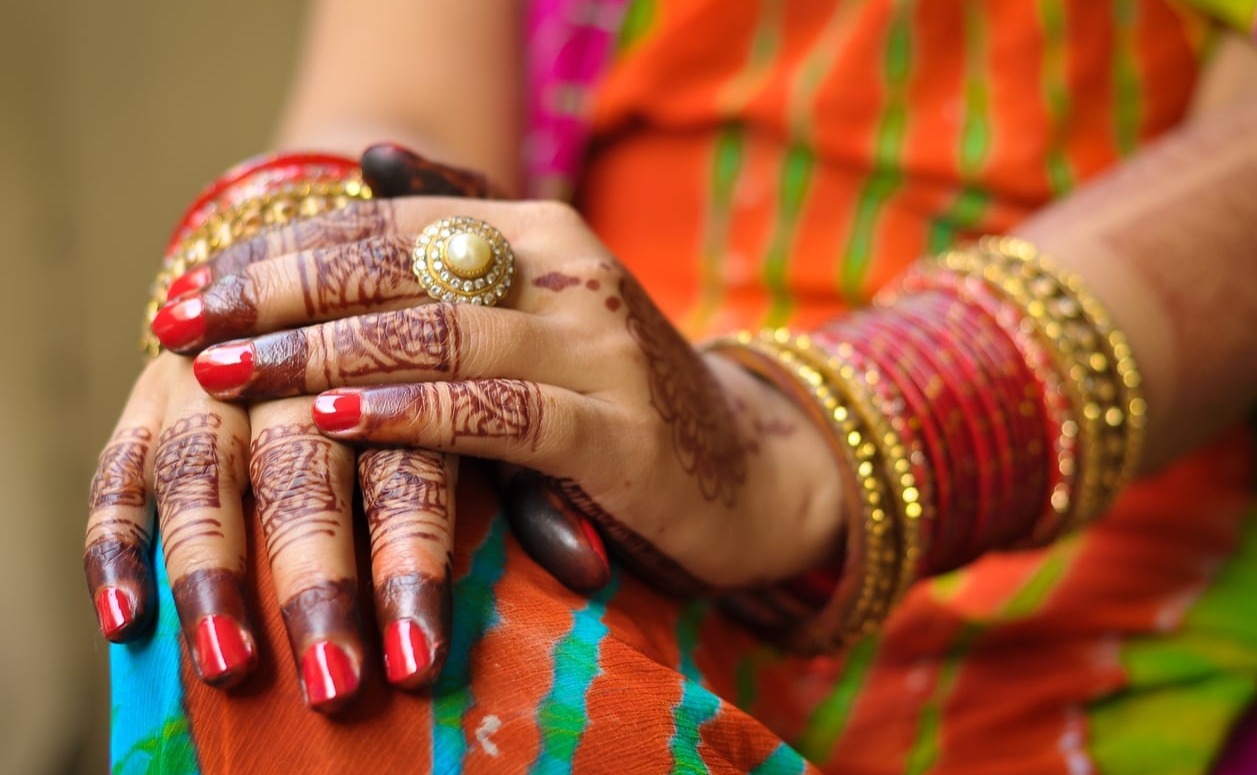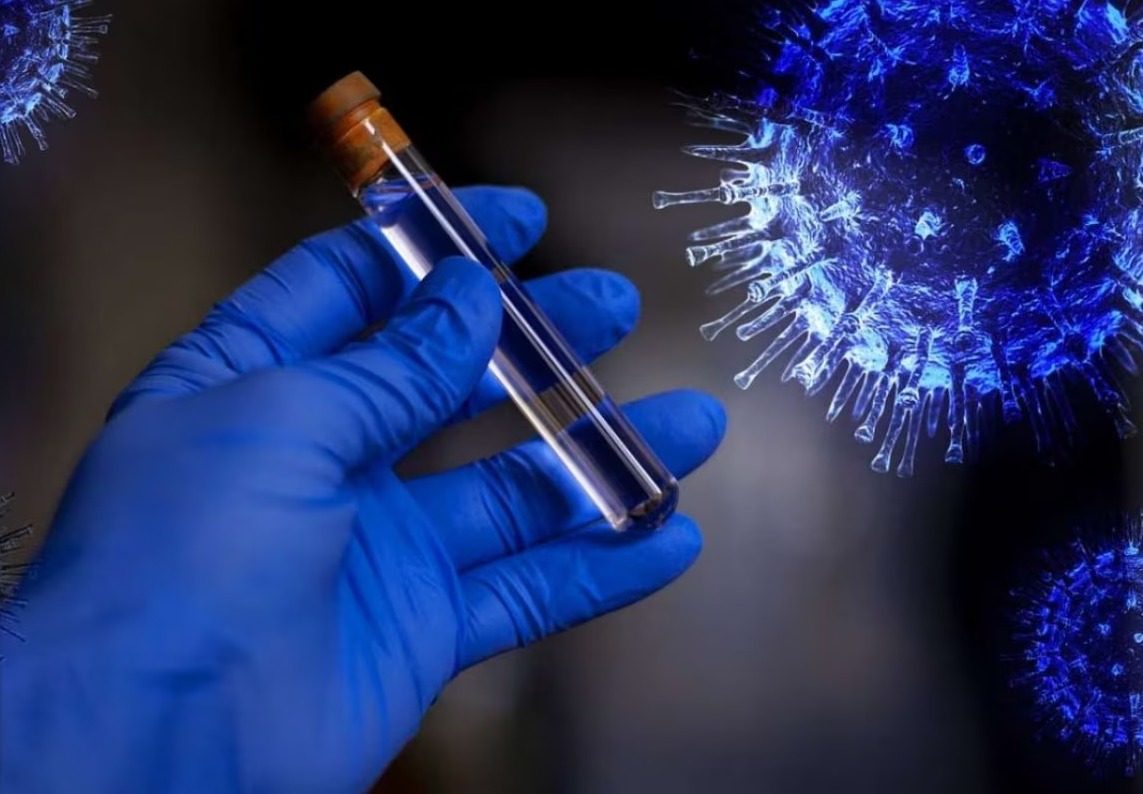The World Health Organization (WHO) praised India’s efforts to manage high pressure, saying that the country’s efforts to better control hypertension, a known risk for heart disease, were made possible by the provision of free medications, the use of generics, and price restriction. India’s successful pricing strategies for important hypertension medications were highlighted by the WHO in its Global Report on Hypertension 2025, which was presented at the 80th United Nations General Assembly. The government’s India Hypertension Control Initiative (IHCI), which was introduced in 2018–2019, made sure that public sector clinics had a consistent supply of free, high-quality generic antihypertensive medications.
Strong medication procurement processes and straightforward, protocol-driven treatment plans also assisted it. Furthermore, under the Drug Price Control Order and the National List of Essential Medicines, the National Pharmaceutical Pricing Authority (NPPA) establishes price caps for necessary medications, such as antihypertensives. In order to maintain the affordability of medications while providing manufacturers with reasonable profit margins, the NPPA determined these ceiling prices using average market pricing. The WHO report highlights the success of India’s public health approach in managing hypertension by providing affordable, quality-assured generic medicines through public channels like Jan Aushadhi stores.
This strategy significantly reduced out-of-pocket costs—by up to 80% compared to the private sector—making treatment more accessible. As a result, hypertension control rates improved dramatically in states like Punjab and Maharashtra, rising from 14% to 70–81% among patients treated per protocol, with notable reductions in blood pressure. The report emphasizes that such public investment not only improves health outcomes but also prevents costly complications like heart attacks and strokes. Globally, 1.4 billion people lived with hypertension in 2024, but only about 20% have it under control, and many countries still lack widespread access to essential hypertension medicines.




